SCS Blog Search
| Title | |
|---|---|

|
Blog: Rethinking the Graduate Greek SurveyClara Bosak-Schroeder | |

|
Blog: Roe v. Wade, the GOP, and echoes of Augustus: Reproducing fascismSerena Witzke | |

|
Blog: Paternalism and the “Good Slave” in the Speech for Phormion and the Legacies of SlaveryJaval Coleman | |
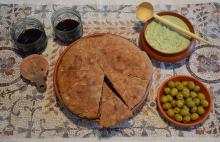
|
Blog: Food, Glorious Foodiandudum | |
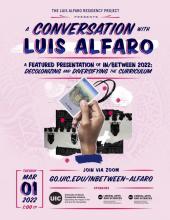
|
Blog: The Luis Alfaro Residency ProjectYoung Kim | |
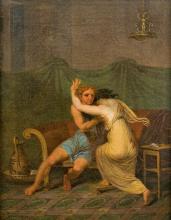
|
Blog: I Love You, I Hate You: A Student’s Perspective on Learning LatinRiya Juneja | |
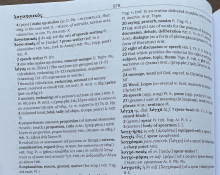
|
Blog: Review: Cambridge Greek LexiconThomas Hendrickson | |
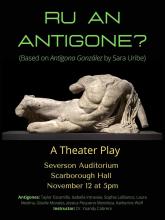
|
Blog: RU an Antígone?Yoandy Cabrera Ortega | |
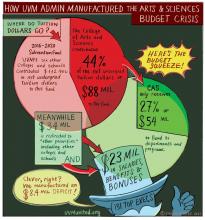
|
Blog: News from Vermont: The Ambrose Graduate Fellowship in Classical LanguagesJohn Franklin | |
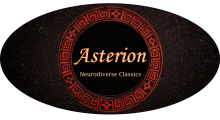
|
Blog: Asterion: Making Neurodiversity Visible in ClassicsCora Beth Fraser | |
